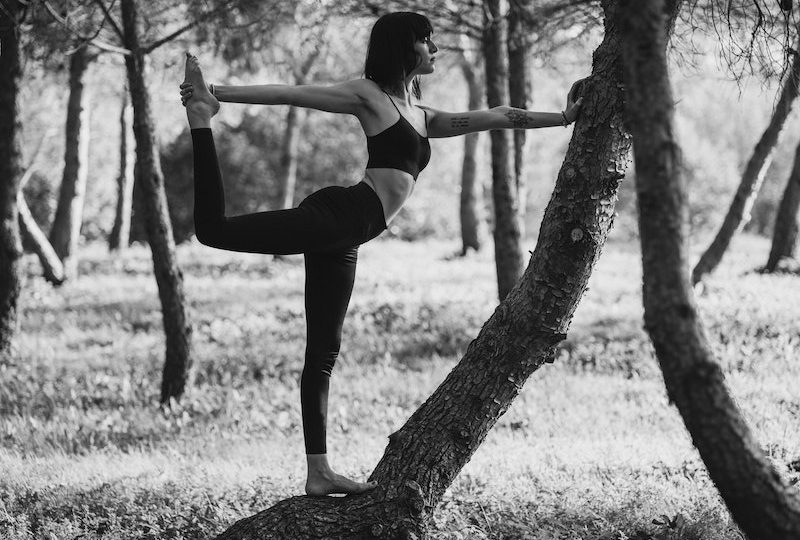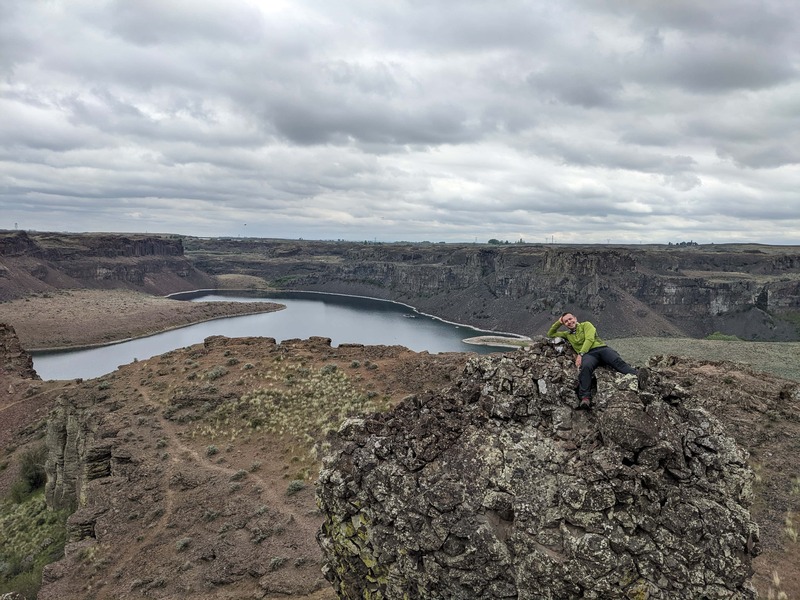This article delves into the rich history and spiritual origins of yoga, tracing its evolution from ancient times to the modern era. Through an exploration of its origins, development, and cultural influences, readers will gain a deeper understanding of the profound spiritual and philosophical traditions that have shaped this ancient practice into the diverse and multifaceted discipline that it is today.
 Yoga is a spiritual and physical discipline that has been practiced for thousands of years, with roots dating back to ancient India. Over time, yoga has evolved and adapted to different cultures and contexts, becoming a widely popular practice with millions of practitioners around the world. In this article, we will explore the rich history and spiritual origins of yoga, tracing its evolution from ancient times to the modern era.
Yoga is a spiritual and physical discipline that has been practiced for thousands of years, with roots dating back to ancient India. Over time, yoga has evolved and adapted to different cultures and contexts, becoming a widely popular practice with millions of practitioners around the world. In this article, we will explore the rich history and spiritual origins of yoga, tracing its evolution from ancient times to the modern era.
The Roots of Yoga
The origins of yoga can be traced back to ancient India, where it emerged as a spiritual practice over 5,000 years ago. The early yogis developed a system of physical and mental exercises that were designed to help them attain enlightenment and liberation from the cycle of birth and death.
Over time, yoga evolved into a complex system of spiritual and philosophical beliefs, with different schools of thought and practices emerging to meet the needs of different individuals and communities.
Origins in Ancient India
The exact origins of yoga are uncertain, as the earliest written records of the practice date back to the Vedic period (1500–500 BCE). The Vedas, a collection of ancient Sanskrit hymns and texts, contain references to yogic practices such as meditation, self-discipline, and the cultivation of wisdom and knowledge.
During the Upanishadic period (800–500 BCE), the spiritual practice of yoga began to take shape, with the development of the Upanishads, a collection of philosophical texts that explore the nature of the self and the universe.
The Role of Sage Patanjali
The modern practice of yoga owes much to the sage Patanjali, who is believed to have lived in India during the 2nd century BCE. Patanjali is credited with writing the Yoga Sutras, a collection of 196 aphorisms that provide a comprehensive guide to yoga practice and philosophy.
The Yoga Sutras outline the eight limbs of yoga, which include ethical principles, physical postures, breath control, meditation, and concentration. These practices are designed to help individuals achieve a state of harmony and balance, leading to greater physical and mental well-being.
Yoga in Indian Philosophy and Religion
Yoga has been an integral part of Indian philosophy and religion for thousands of years, with different schools of thought and practices emerging to meet the needs of different individuals and communities. While yoga is often associated with Hinduism, it has also had a profound influence on other Indian spiritual traditions such as Buddhism and Jainism.
The Philosophical Foundations of Yoga
Yoga is rooted in the philosophy of Advaita Vedanta, which holds that all reality is an expression of the ultimate reality, or Brahman. This philosophy emphasizes the unity of all things and the essential oneness of the self and the universe.
Yogic philosophy also places great emphasis on the cultivation of wisdom and knowledge, which is achieved through a combination of study, meditation, and self-discipline. Through these practices, individuals are able to gain insight into the nature of reality and achieve a state of inner peace and harmony.
Yoga’s Relationship with Hinduism, Buddhism, and Jainism
Yoga has had a profound influence on Hinduism, which is often regarded as the mother tradition of yoga. Many of the practices and teachings of yoga are found in Hindu scriptures such as the Bhagavad Gita and the Upanishads, and yoga has long been an integral part of Hindu spiritual practice.
However, yoga has also had an important role to play in other Indian spiritual traditions such as Buddhism and Jainism. In Buddhism, for example, the practice of meditation is seen as a key component of spiritual practice, and many of the techniques used in meditation are similar to those used in yoga.
Similarly, in Jainism, yoga is seen as a means of achieving liberation from the cycle of birth and death, and many Jains incorporate yogic practices into their daily spiritual practice.
The Spread of Yoga Beyond India
Over time, yoga began to spread beyond India, with Indian spiritual leaders and gurus sharing their teachings with people in other parts of the world. Today, yoga is practiced by millions of people around the globe and has become a widely popular practice in the West.
The Influence of Indian Spiritual Leaders and Gurus
One of the key figures in the spread of yoga outside of India was Swami Vivekananda, a Hindu monk who traveled to the United States in the late 19th century to share his teachings with Western audiences. Vivekananda’s lectures on yoga and Vedanta were hugely popular and helped to introduce many Westerners to the practice of yoga for the first time.
Other Indian spiritual leaders and gurus who have played a role in spreading yoga include Maharishi Mahesh Yogi, the founder of Transcendental Meditation, and B.K.S. Iyengar, the creator of Iyengar Yoga, a popular style of yoga that emphasizes precise alignment and the use of props to support the body in different poses.
The Popularization of Yoga in the West
In the 20th century, yoga began to gain popularity in the West, with many people seeing it as a way to improve their physical and mental health. Today, yoga is practiced by millions of people around the world and has become a mainstream practice in many parts of the West.
While some have criticized the commercialization of yoga and the way in which it has been adapted to suit Western tastes and preferences, many others see the spread of yoga as a positive development, helping to promote greater physical and mental well-being and a deeper sense of spiritual connection.
The Development of Modern Yoga Styles and Schools
As yoga has become more popular in the West, a wide variety of new yoga styles and schools have emerged, each with their own unique approach to practice and philosophy. Some of the most popular styles of yoga today include Hatha Yoga, Ashtanga Yoga, and Vinyasa Yoga, each of which emphasizes different aspects of the practice.
In addition, many modern yoga teachers have developed their own unique approaches to practice, incorporating elements of different yoga styles and combining them with other disciplines such as dance, martial arts, and even acrobatics.
The Benefits and Controversies of Yoga
While yoga is widely regarded as a beneficial practice that can help to improve physical and mental health, it is not without controversy. Some have criticized the commercialization of yoga, the cultural appropriation of yogic practices by Westerners, and the potential risks and limitations of certain yoga practices.
The Physical and Mental Benefits of Yoga
Despite these concerns, there is no denying the many physical and mental benefits of yoga. Studies have shown that regular yoga practice can help to improve flexibility, strength, and balance, reduce stress and anxiety, and improve overall health and well-being
The Controversies Surrounding Yoga
Despite the many benefits of yoga, the practice has also been subject to controversy and criticism, particularly in recent years. Some critics have argued that the commercialization of yoga has led to a watering-down of the practice, with some yoga classes emphasizing physical fitness and aesthetics over spiritual development and self-awareness.
Others have criticized the cultural appropriation of yoga, arguing that the Westernization of yoga has led to a disconnection from its Indian roots and a lack of respect for the cultural context in which the practice originated.
In addition, there have been concerns about the potential risks of certain yoga practices, particularly when practiced without proper guidance and instruction. Some yoga poses and sequences can put a significant amount of strain on the body, and may not be appropriate for all individuals.
The Future of Yoga
Despite these controversies, it seems clear that yoga will continue to play an important role in the spiritual and physical lives of millions of people around the world. As the practice continues to evolve and adapt to new cultural and social contexts, it is likely that we will see the emergence of new styles, schools, and approaches to yoga that reflect the changing needs and interests of practitioners.
At the same time, it will be important to remain mindful of the cultural origins of yoga, and to continue to explore the spiritual and philosophical dimensions of the practice, rather than reducing it to a mere physical exercise.
Conclusion
In conclusion, the origins of yoga can be traced back thousands of years to ancient India, where it was practiced as a means of spiritual development and self-awareness. Over time, yoga has spread beyond India to become a global practice, with millions of people around the world practicing yoga in a wide variety of styles and traditions.
While yoga has been subject to controversy and criticism, particularly in the West, its many physical and mental benefits make it a valuable practice for anyone seeking greater health and well-being. As we continue to explore the practice of yoga, it will be important to remain mindful of its origins and philosophical underpinnings, in order to fully appreciate its transformative potential.









